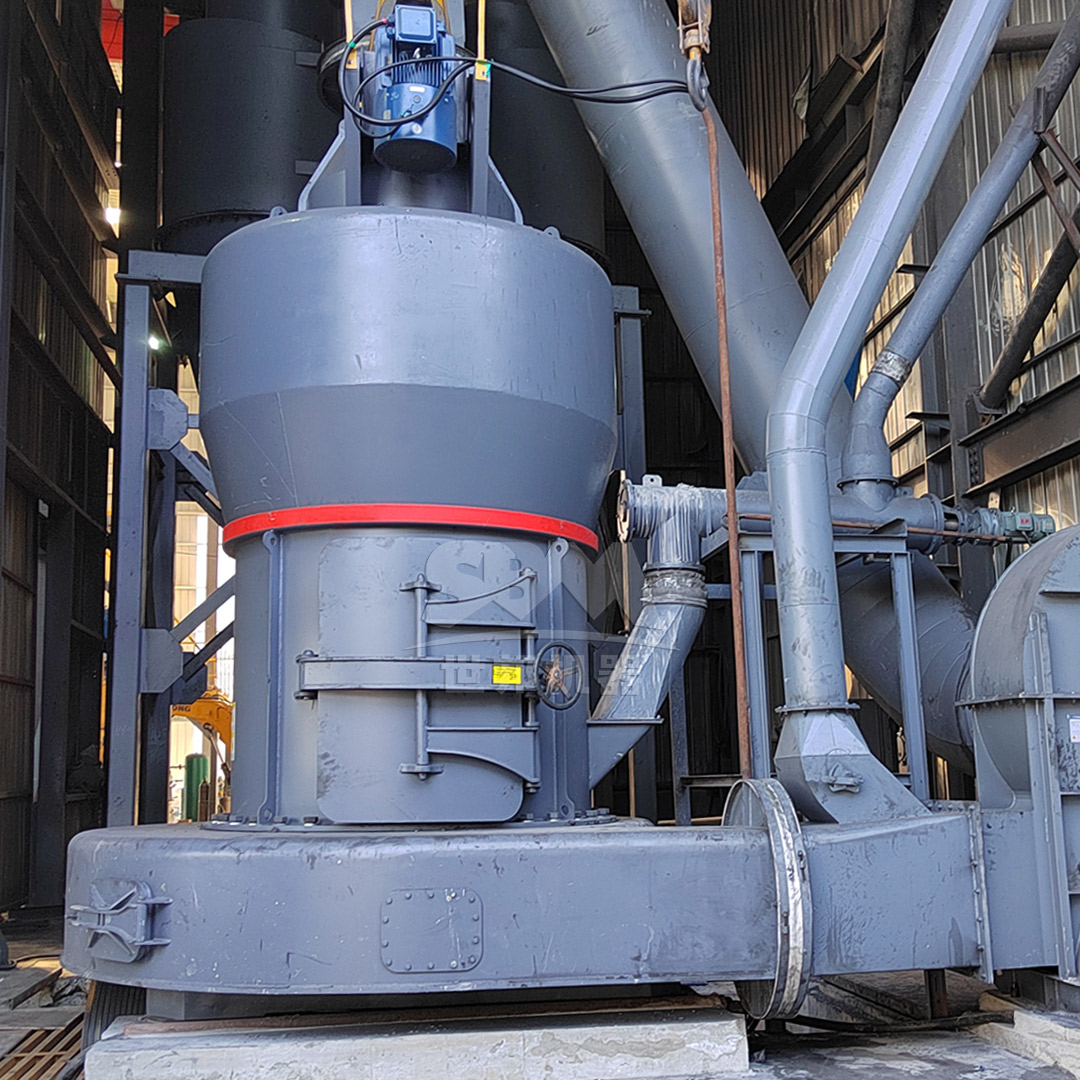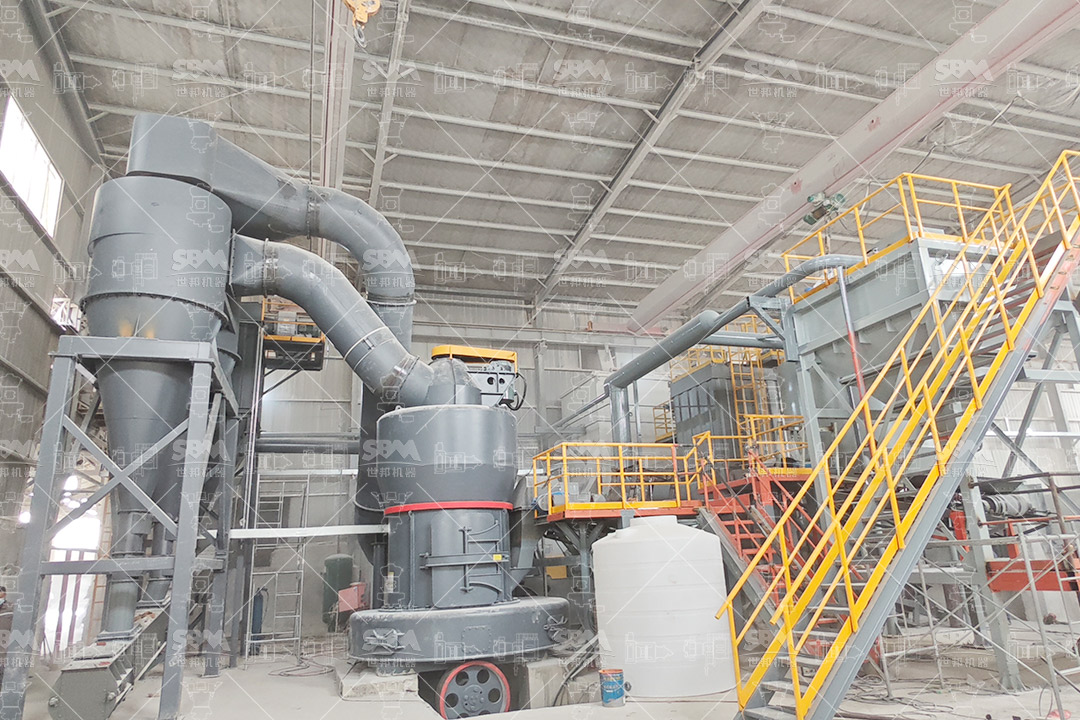In today’s demanding industrial processing environment, roller mills have become indispensable equipment for high-capacity grinding operations across various sectors including mining, cement production, chemical processing, and power generation. These advanced grinding systems offer superior efficiency, precision, and reliability compared to traditional ball mills and other conventional grinding equipment. The evolution of roller mill technology has led to the development of specialized machines capable of handling diverse materials with varying hardness, moisture content, and fineness requirements.
Modern roller mills incorporate sophisticated engineering principles that optimize energy consumption while maximizing throughput. The fundamental working principle involves material being ground between rotating rollers and a stationary grinding table or between multiple rollers in various configurations. This mechanical compression method proves significantly more energy-efficient than the impact and attrition methods employed in traditional grinding systems.
The selection of an appropriate roller mill depends on multiple factors including feed material characteristics, required product fineness, production capacity, energy availability, and operational constraints. This comprehensive analysis examines the key features that define high-performance roller mills, with particular emphasis on technological innovations that enhance productivity, reduce operating costs, and ensure environmental compliance.
When evaluating roller mills for high-capacity grinding operations, several technical parameters demand careful consideration. These factors directly influence operational efficiency, product quality, and overall economic viability of the grinding circuit.
The maximum feed size capability varies significantly across different roller mill designs. While some models can accept feed material up to 50mm, others are optimized for finer feed ranges. Proper feed preparation is essential for optimal mill performance, with many operations employing preliminary crushing stages to ensure consistent feed sizing. The relationship between feed size and grinding efficiency follows established principles where properly sized feed material reduces specific energy consumption while maintaining product quality.
Modern roller mills offer precise control over product fineness, with capabilities ranging from coarse grinding at 600μm (30 mesh) to ultra-fine grinding down to 5μm (2500 mesh). This wide operational range makes roller mills suitable for diverse applications from cement raw meal preparation to specialized mineral processing requiring extreme fineness. Advanced classification systems integrated with grinding chambers enable real-time adjustment of product size distribution to meet specific quality requirements.
High-capacity roller mills demonstrate impressive throughput ranges, with some industrial-scale units processing up to 250 tons per hour. Capacity selection must align with overall production requirements while considering operational flexibility for varying feed conditions. The modular design approach employed in contemporary roller mills allows for scalability, enabling operations to match equipment capacity with production targets without compromising efficiency.
| Mill Type | Max Feed Size (mm) | Product Fineness Range | Capacity Range (t/h) | Power Consumption (kWh/t) |
|---|---|---|---|---|
| Ultrafine Mills | ≤20 | 325-2500 mesh | 0.5-25 | 25-45 |
| Trapezium Mills | ≤50 | 30-325 mesh | 3-45 | 18-32 |
| Vertical Roller Mills | ≤50 | 30-325 mesh | 3-250 | 15-28 |
| Medium-speed Mills | ≤35 | 45-325 mesh | 3-22 | 20-35 |

The continuous innovation in roller mill design has yielded significant technological advancements that enhance operational performance, reliability, and environmental compliance. These features represent the current state-of-the-art in grinding technology.
Advanced roller mills incorporate sophisticated pressure control systems that automatically adjust grinding forces based on operational conditions. Hydraulic or spring-based systems maintain optimal pressure between grinding components, compensating for wear and ensuring consistent product quality throughout the operational campaign. This intelligent pressure management extends component life while optimizing specific energy consumption.
Integrated classification represents a critical advancement in roller mill technology. Modern dynamic classifiers with adjustable rotor speeds enable precise cut-point control, ensuring consistent product quality. The vertical turbine classifiers employed in advanced mills like the SCM Ultrafine Mill achieve exceptional separation efficiency with minimal coarse particle contamination. This precision classification capability makes these mills particularly suitable for applications requiring tight particle size distribution control.
Contemporary roller mills feature advanced wear protection systems that significantly extend operational life between maintenance intervals. Specialized materials for rollers and grinding tables, combined with innovative geometrical designs, reduce wear rates while maintaining grinding efficiency. The curved blade design in the MTW Series Trapezium Mill exemplifies this approach, optimizing material flow while minimizing abrasive wear.
Energy consumption represents a major operational cost in grinding operations, and modern roller mills address this through multiple optimization strategies. These include optimized grinding kinematics, efficient drive systems with precision power transmission, and intelligent control algorithms that adjust operational parameters in real-time. The conical gear transmission in MTW series mills achieves remarkable 98% transmission efficiency, substantially reducing energy losses compared to conventional drive systems.
The versatility of roller mill technology enables specialized configurations optimized for specific materials and processing requirements. Understanding these application-specific designs is crucial for selecting the appropriate technology for particular operational contexts.
For applications requiring extreme fineness, specialized ultra-fine mills like the SCM Ultrafine Mill offer unparalleled performance. With capability to produce powder down to 5μm (D97), these mills incorporate multi-layer grinding principles with precision classification. The unique grinding chamber design enables sequential size reduction stages within a single machine, achieving fineness levels previously only possible with specialized air classification mills but with significantly higher energy efficiency.
The SCM series demonstrates particular advantages in high-value mineral processing, advanced materials production, and specialized chemical applications where precise particle size control directly influences product performance. With capacity ranging from 0.5 to 25 tons per hour across different models, these mills offer scalability from pilot-scale operations to full industrial production.
For large-scale industrial applications requiring substantial throughput, vertical roller mills provide unmatched capacity in a compact footprint. The LM Series Vertical Roller Mill exemplifies this category, with models capable of processing up to 250 tons per hour. These integrated systems combine crushing, grinding, and classification functions within a single unit, reducing plant footprint by up to 50% compared to conventional grinding circuits.
The vertical configuration of these mills offers inherent advantages for material transport and classification, with integrated hot gas systems enabling simultaneous grinding and drying for moist materials. This capability proves particularly valuable in cement raw meal preparation, slag grinding, and coal pulverization for power generation.

Certain materials present unique grinding challenges that require specialized mill configurations. Slag grinding mills, for instance, incorporate specific design features to handle the abrasive nature and moisture content of granulated blast furnace slag. The LM-N series vertical mills demonstrate optimized performance for these applications, with enhanced wear protection and specific power configurations that address the high Bond Work Index of slag materials.
Similarly, coal grinding mills for power generation prioritize safety features, explosion protection, and fineness control to meet combustion requirements. The specialized LM-M series incorporates these critical safety elements while maintaining grinding efficiency for various coal types with different grindability characteristics.
The economic viability of roller mill operations depends on multiple factors beyond initial equipment cost. A comprehensive evaluation must consider operational efficiency, maintenance requirements, energy consumption, and environmental compliance costs.
Modern roller mills demonstrate significant advantages in specific energy consumption compared to traditional grinding systems. Vertical roller mills typically achieve 30-40% lower energy consumption than ball mill systems for similar applications. This efficiency stems from the direct grinding principle employed, where material is ground between surfaces in controlled compression rather than through less efficient impact and attrition mechanisms.
The energy optimization extends beyond the grinding process itself to ancillary systems. Advanced mill designs incorporate efficient fan systems with optimized airflow paths, reducing auxiliary power consumption. The curved air channel design in MTW series mills exemplifies this approach, minimizing pressure drop and associated energy requirements for material transport.
Maintenance requirements significantly influence operational economics, and modern roller mills incorporate features that extend maintenance intervals and reduce downtime. Modular component designs enable rapid replacement of wear parts, while advanced monitoring systems provide early warning of potential issues before they escalate to unplanned downtime.
The innovative roller assembly systems in contemporary mills allow for quick replacement without requiring major disassembly. This feature, combined with extended wear part life through advanced materials and geometrical optimization, results in operational availability exceeding 95% in well-maintained systems.
| Maintenance Aspect | Traditional Mills | Modern Roller Mills | Improvement |
|---|---|---|---|
| Wear Part Life | 3-6 months | 12-24 months | 300-400% |
| Replacement Time | 24-48 hours | 4-8 hours | 75-85% reduction |
| Predictive Monitoring | Limited | Comprehensive | Major advancement |
| Operational Availability | 85-90% | 95-98% | Significant increase |
Contemporary roller mills incorporate comprehensive environmental protection features that address dust emissions, noise pollution, and overall environmental impact. Advanced pulse-jet dust collection systems achieve filtration efficiency exceeding 99.9%, ensuring emissions remain well below regulatory thresholds. The fully enclosed negative pressure operation prevents dust escape during normal operation, protecting both the work environment and surrounding areas.
Noise reduction represents another critical environmental consideration, with modern mills incorporating acoustic insulation and vibration damping systems that maintain operational noise levels below 80 dB(A). This focus on environmental performance aligns with increasingly stringent regulatory requirements and corporate sustainability objectives.
The evolution of roller mill technology continues, with several emerging trends shaping the next generation of grinding equipment. Digitalization and smart technology integration represent the most significant advancement, with Industry 4.0 principles being applied to optimize grinding operations.
Advanced sensor systems combined with machine learning algorithms enable predictive optimization of operational parameters, automatically adjusting mill operation based on feed characteristics and product requirements. This intelligent automation reduces operator intervention while consistently maintaining optimal performance across varying conditions.
Material science advancements continue to enhance wear part performance, with new composite materials and surface treatments extending component life in abrasive applications. Simultaneously, design optimization through computational fluid dynamics and discrete element modeling further refines grinding chamber geometry and classification efficiency.
The integration of roller mills into broader plant automation systems represents another significant trend, with mills functioning as intelligent nodes within fully optimized production circuits. This systems approach maximizes overall plant efficiency rather than focusing solely on individual equipment performance.

Modern roller mills represent a sophisticated evolution in grinding technology, offering unparalleled efficiency, precision, and reliability for high-capacity operations. The comprehensive technical features discussed – from intelligent pressure control and precision classification to advanced wear protection and energy optimization – demonstrate the significant advancements achieved in contemporary mill design.
The selection of appropriate roller mill technology requires careful consideration of specific operational requirements, with specialized configurations available for diverse applications ranging from ultra-fine grinding to high-capacity industrial processing. The economic advantages of modern roller mills extend beyond initial capital investment to encompass reduced operating costs, enhanced reliability, and superior environmental performance.
As grinding technology continues to evolve, the integration of digitalization, advanced materials, and systems optimization will further enhance the capabilities of roller mills, ensuring their continued position as the preferred technology for efficient, high-capacity grinding operations across multiple industries.